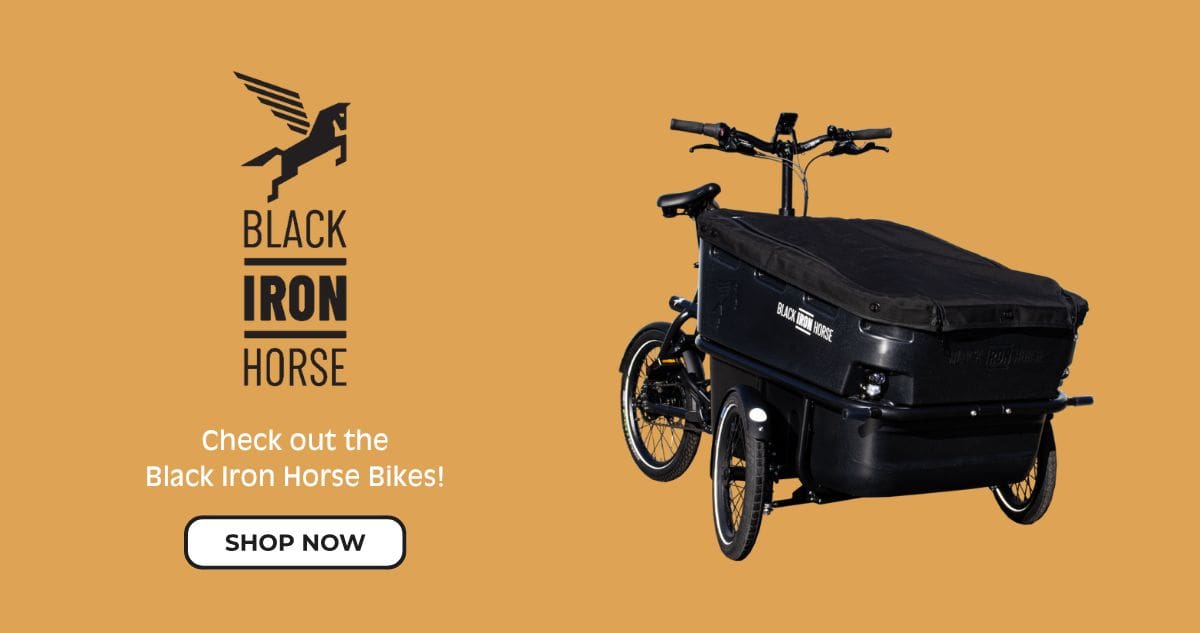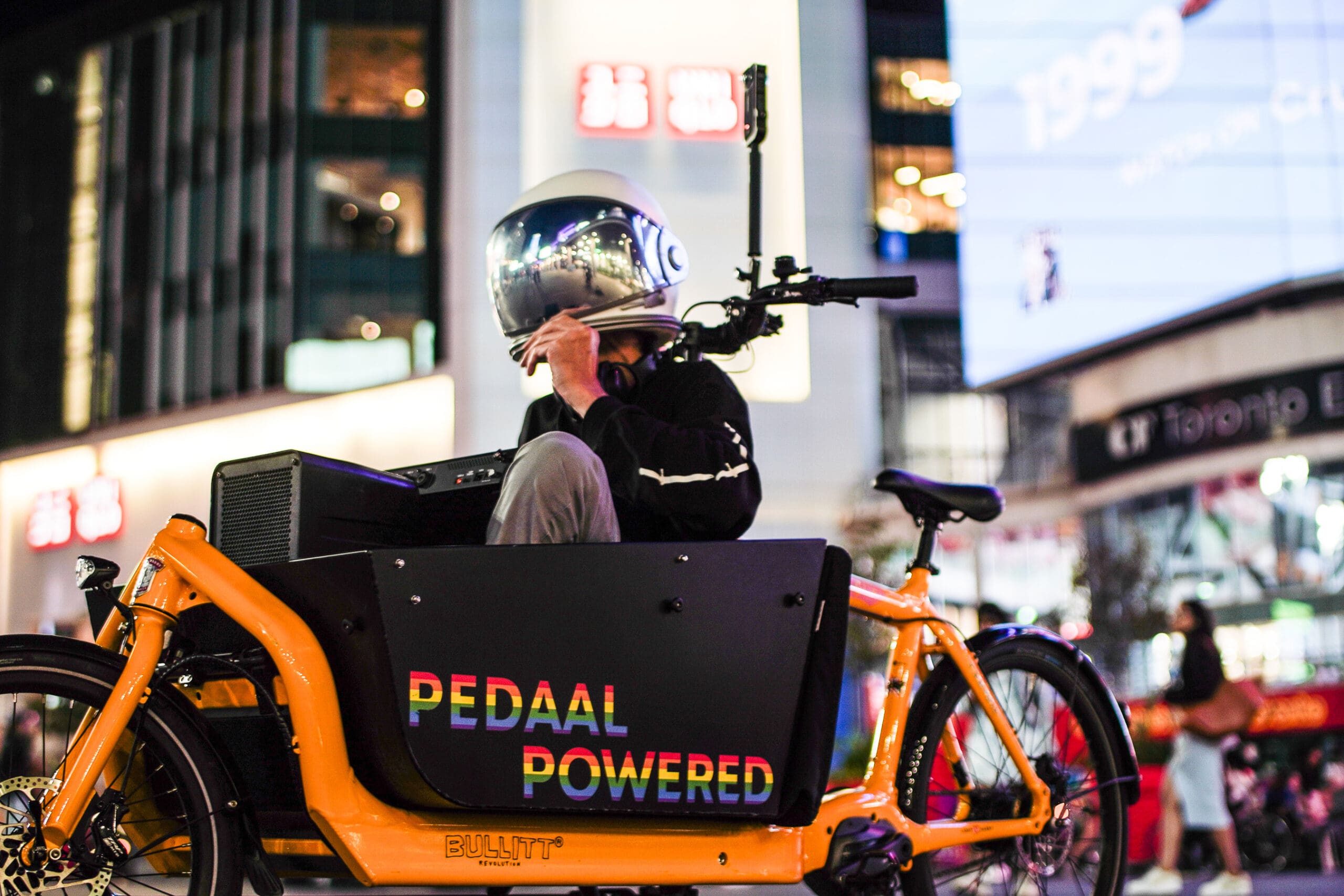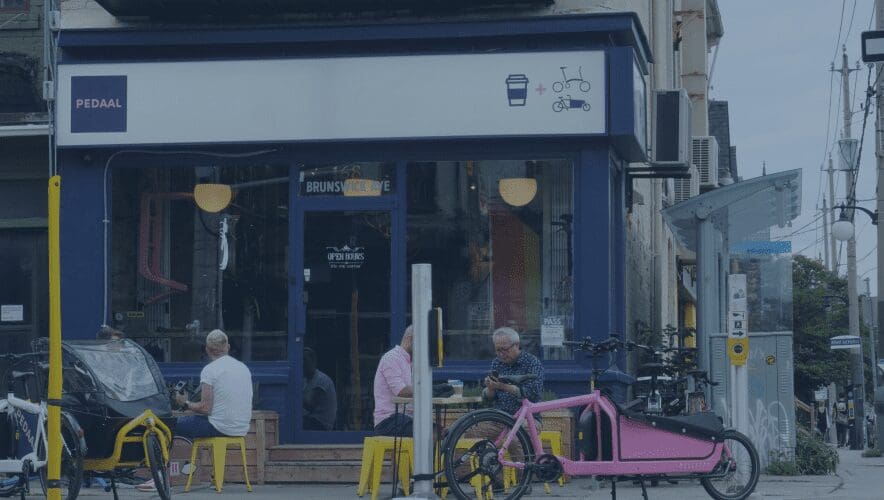Urban life is full of short trips that feel too far to walk but too close to drive. Cargo bikes and cargo trikes offer the perfect solution, letting families carry children, groceries, or gear with luxurious ease. But choosing between two wheels and three is more than a practical choice – it’s about confidence, control, and safety on streets that aren’t always designed for bikes. But, which to choose? It all depends on who you are, how far you’re travelling, and the most important adjective of all when buying a cargo bike or cargo trike: safety. So, what’s the safest bet? Let’s dig in!

Why the Dutch Ride Bikes and the Danes Ride Trikes
Cargo bikes and cargo trikes are transforming how families move through cities. What once seemed like the tools of families in Copenhagen or Amsterdam is now a conversation in playgrounds and schoolyards across North America. But when safety, stability, and day-to-day city life come into play, the choice between two wheels and three is essential. The choice comes down confidence on streets that weren’t always designed with cargo bike families in mind.
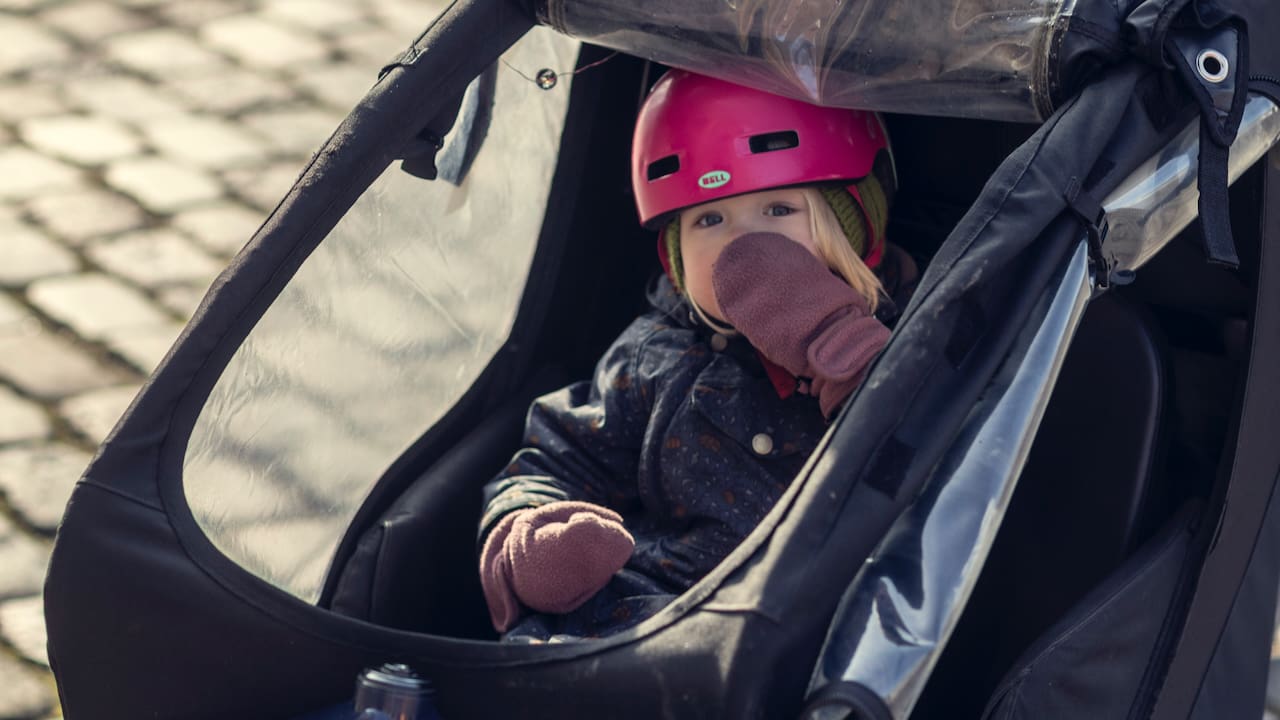
To really understand the choice, it helps to look at the environments these designs came from. The Dutch made the two-wheeled bakfiets famous, while the Danes leaned on the stability of the three-wheeled trike. The difference wasn’t cultural – it was infrastructural. In the Netherlands, separated bike lanes and compact city planning meant a two-wheeler could thrive, nimble enough to cover longer distances. In Denmark, where sprawl, aging roads, and car dominance felt closer to what North Americans know today, trikes offered a safer, sturdier platform for families navigating patchwork cycling routes.
The Short History of the Longtail
Consider the longtail cargo bike, invented in Nicaragua but very popular in North America. It’s a smart design in theory – after all, there’s extra room on the back for children or cargo – but in practice it exposes riders to the riskiest type of crash: rear-end collisions with cars. A longtail could make perfect sense in the Netherlands, where protected bike lanes eliminate shared space with cars. But, despite world-class infrastructure, the Dutch still prefer a front-loading cargo bike with safe, impact-resistant boxes.
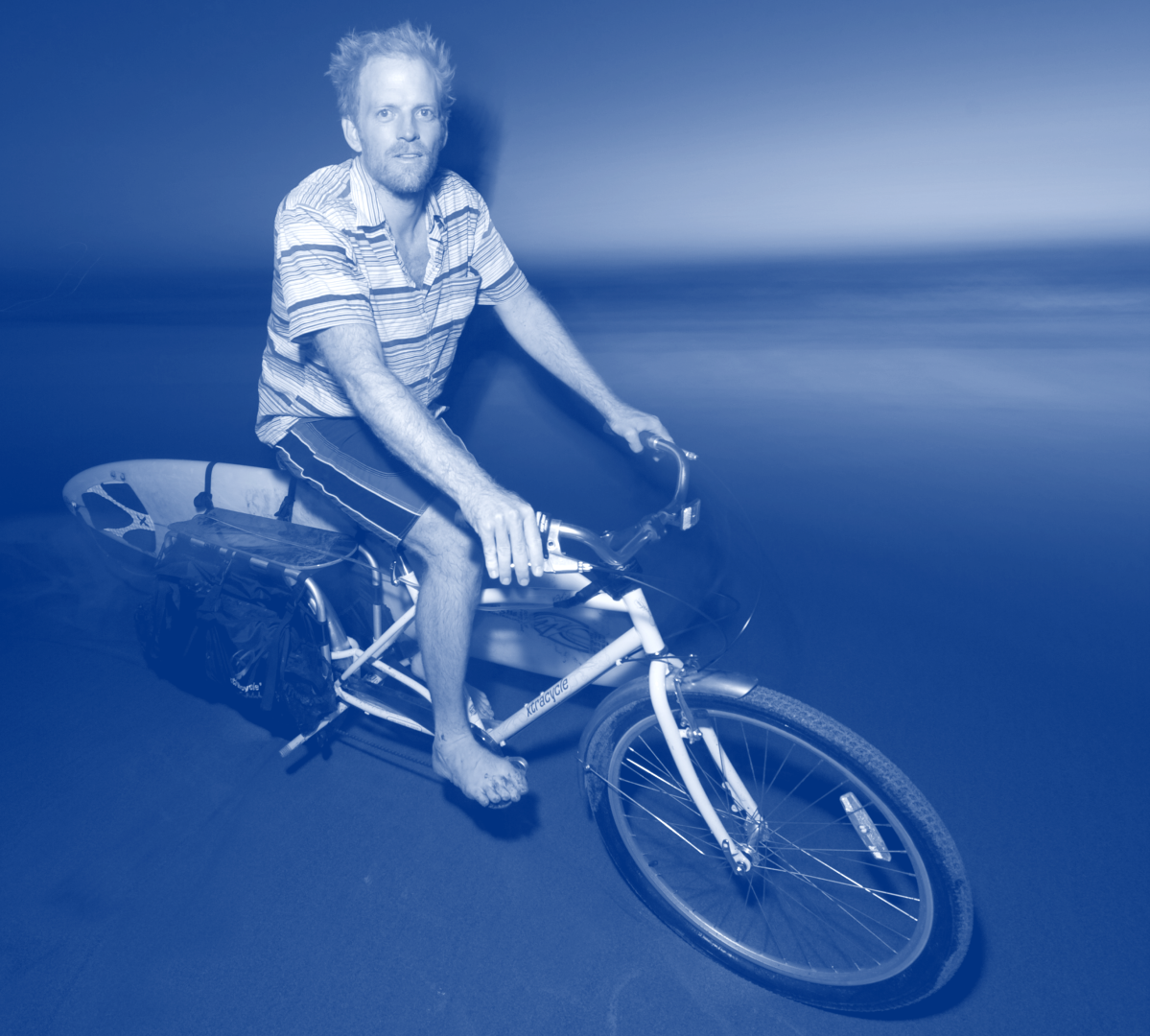
This is why safety in cargo trike design kept ahead as Denmark’s infrastructure developed. After all, with three wheels on the ground, a trike cannot tip over – nor does it require any balance. Stability, in other words, is built in. It’s a way for the bike itself to shoulder more of the safety burden while the infrastructure around it catches up.
The Last Mile—and Beyond
That context matters here, too. Cities across North America talk about 15-minute neighbourhoods and walk scores, but the Dutch have long used a more practical measure: trip distance. Studies show that under about 7.5 km, bikes consistently outperform cars on time and convenience. In those “last mile” ranges, trips multiply quickly – school drop-offs, grocery runs, daycare pickups – all stacked on top of each other. If you ride strictly within the last mile, a cargo trike shines over a cargo bike. A cargo trike is stable, it carries kids and groceries without fuss, and it replaces the short, choppy drives that usually pile up in a minivan.

But many families stretch their rides beyond the last mile. Some parents want a tool that’s not just for errands but also for weekend rides beyond the neighbourhood – whether that’s for fitness or adventure. That’s where the difference between bikes and trikes starts to show. Sure, a cargo trike can handle longer distances, but not as well as a cargo bike. The added drag of an extra wheel – plus the added width – makes a cargo trike feel more klunky and limited, whereas a two-wheeler makes longer distances feel more natural, efficient, and fun.
Steering You to the Safest Trike
Still, stability only counts as safe if the cargo trike’s handling is safe. This is where steering makes or breaks the trike experience. Pivot steering – the cheaper, more common system – means the whole box pivots with the handlebars. At low speeds, it feels twitchy. At high speeds, it feels downright scary, especially with weight in the box. And the heavier the load, the heavier the steering becomes. In high-contingency city environments – patchy bike lanes, rough pavement, surprise car doors – this sluggish response turns from uncomfortable to unsafe.

Ackerman steering solves this. Instead of dragging the whole box through every turn, only the two front wheels steer, exactly like a car. The box stays stable, steering stays light, and handling stays predictable no matter the load. You’ll notice the difference immediately: smoother cornering, safer reactions, and confidence when traffic throws up surprises. Only two brands use Ackerman – Nihola and Black Iron Horse – but only Black Iron Horse combines it with a globally serviceable Shimano motor. That matters because a trike that can’t be repaired locally is a stranded trike. Designed in Denmark for four-season riding and outdoor storage, Black Iron Horse represents the gold standard: a cargo trike built for real family life in real city conditions.
The Cargo Cycling Spectrum
So who are these bikes really for? Over our long career importing cargo bikes, we’ve observed three kinds of cargo cyclists. The first is the new cargo cyclist. Often a parent whose life has changed overnight with the arrival of a child. She’s been taught her whole life to buy a minivan, but she doesn’t live in the suburbs, and a different tool seems to be calling out. For her, a cargo trike feels like the safer, saner option.
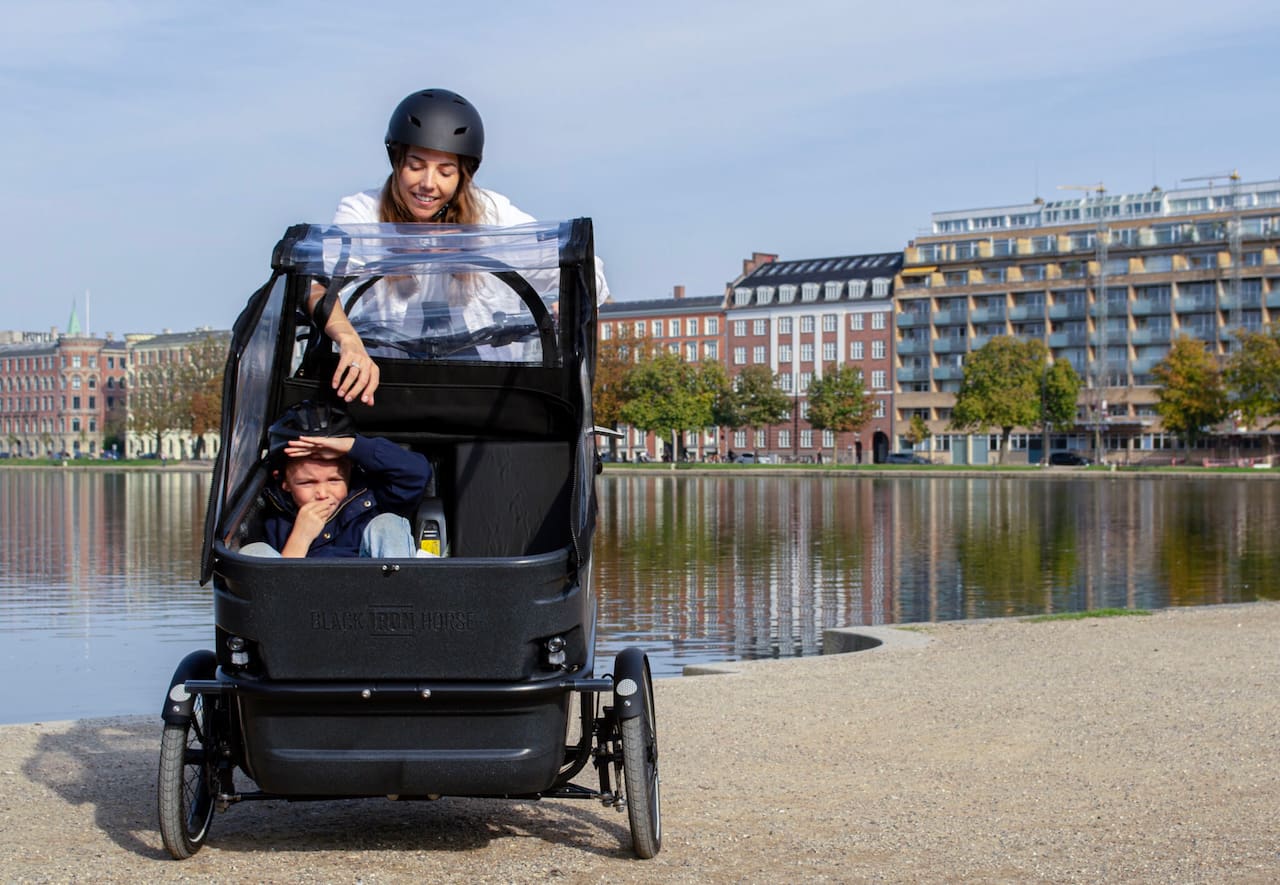
The second is the street-smart cargo cyclist. Confident in traffic, willing to venture beyond the last mile, this rider usually goes for a cargo bike. They value agility, efficiency, and the freedom to make the cargo bike part of everyday errands and weekend rides alike. Those who don’t stray too far outside of the “last mile” often opt for a non-electric cargo bike, while those who have hills, longer commutes, or wish to adventure choose an electric cargo bike.
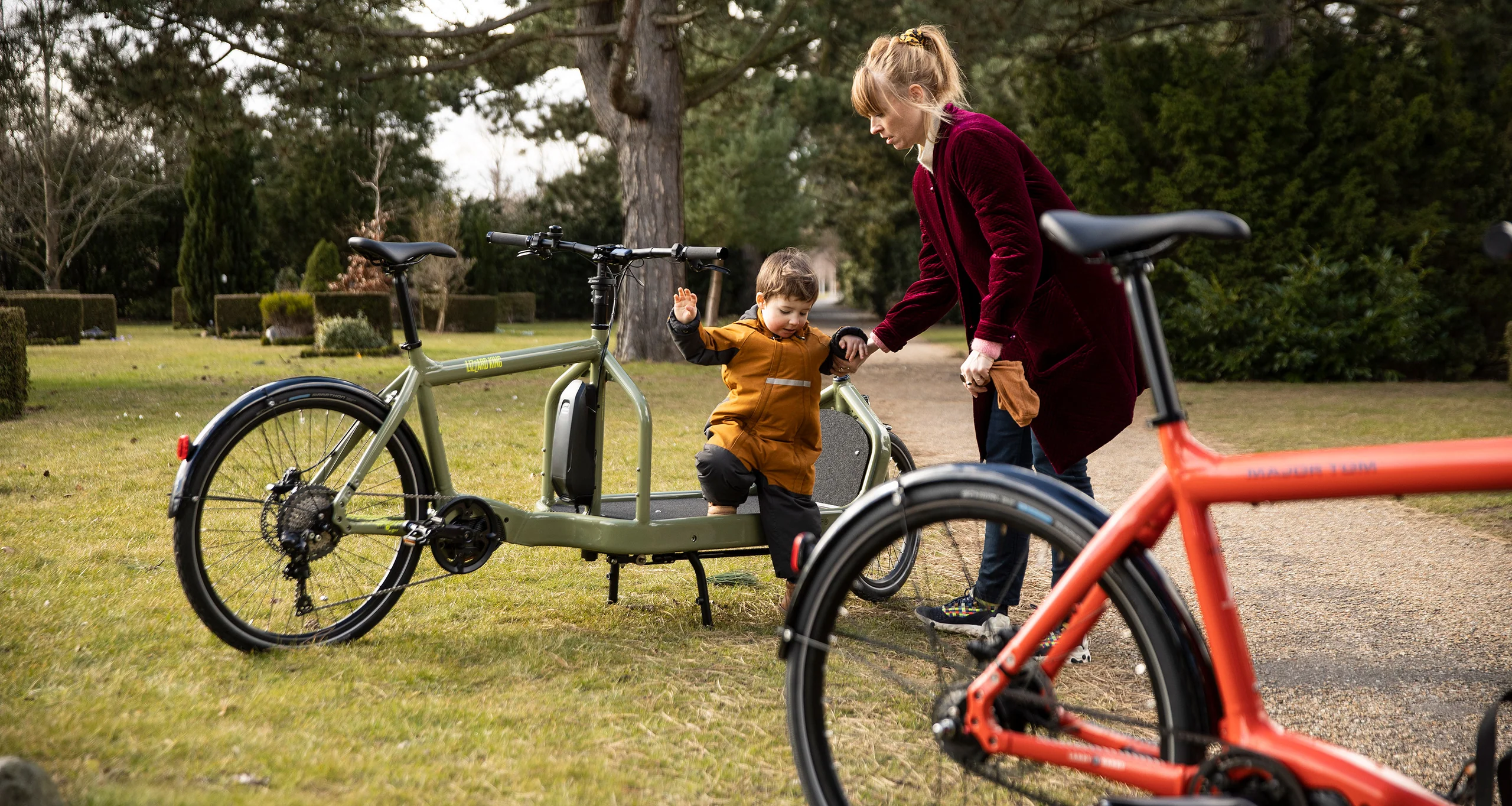
Finally, there’s the performance cargo cyclist. This is the rider who identifies as a “bike person” through and through. They choose the two-wheeler, then tweak it to something lighter, faster, and sharper – until it feels like an extension of their cycling identity. Many of these riders choose a non-electric because they want a big workout, even when commutes are long or hills are steep. But, just as many choose an electric cargo bike for the efficiency up hills and across distance.
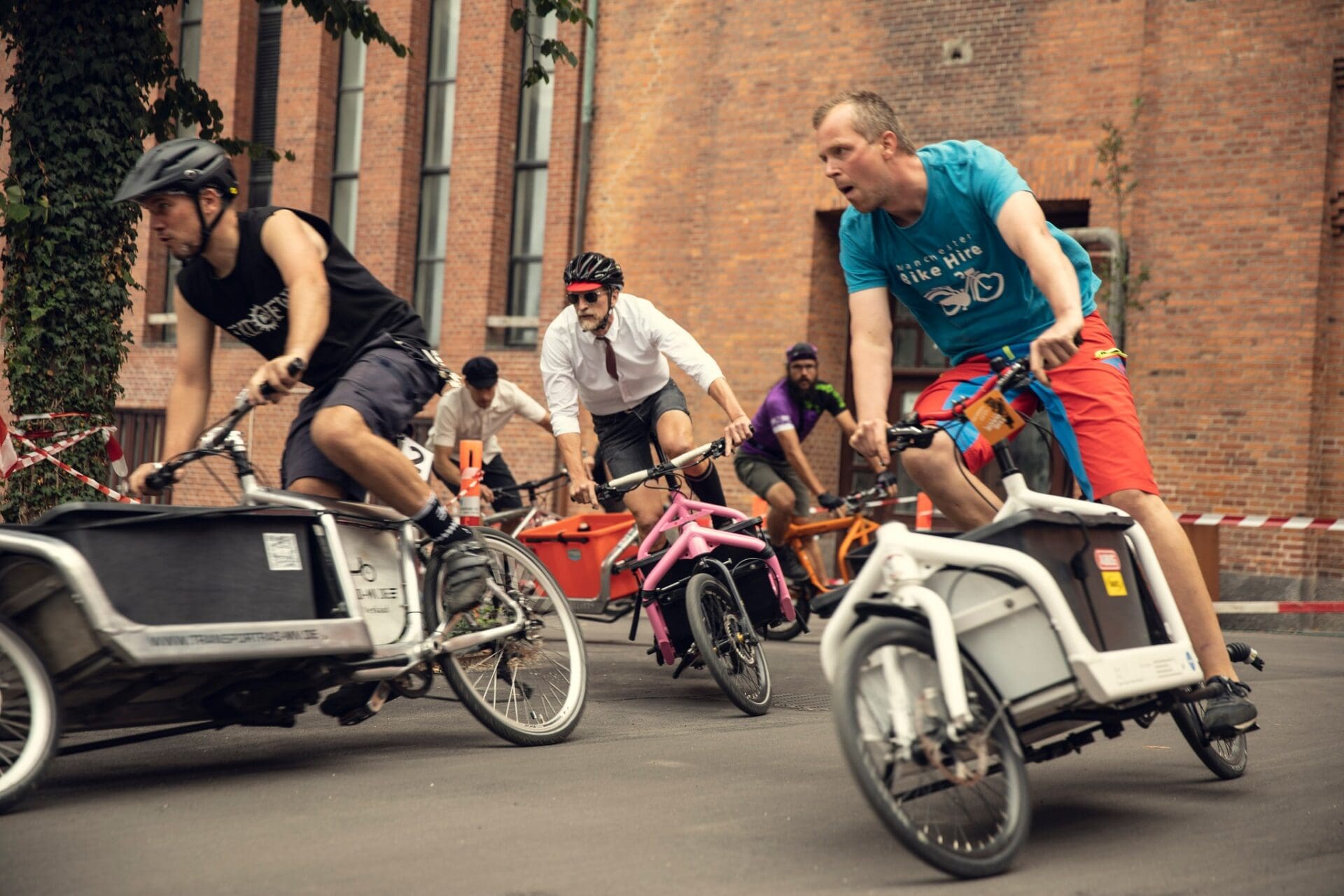
Performance Meets Parenthood
But here’s the important part: quite often it’s not a single person making this purchase – it’s a family. And if both partners are riding the bike, we always recommend buying around the comfort level of the less experienced cyclist. A performance rider may feel tempted by the fastest two-wheeler, but if their partner isn’t confident in traffic, a trike is the better choice. It’s like the old car analogy: having kids might feel like an excuse to buy a sports car, but what you really need is a minivan. A cargo trike is more minivan than roadster, but when the keyword is safety, the decision becomes clear.
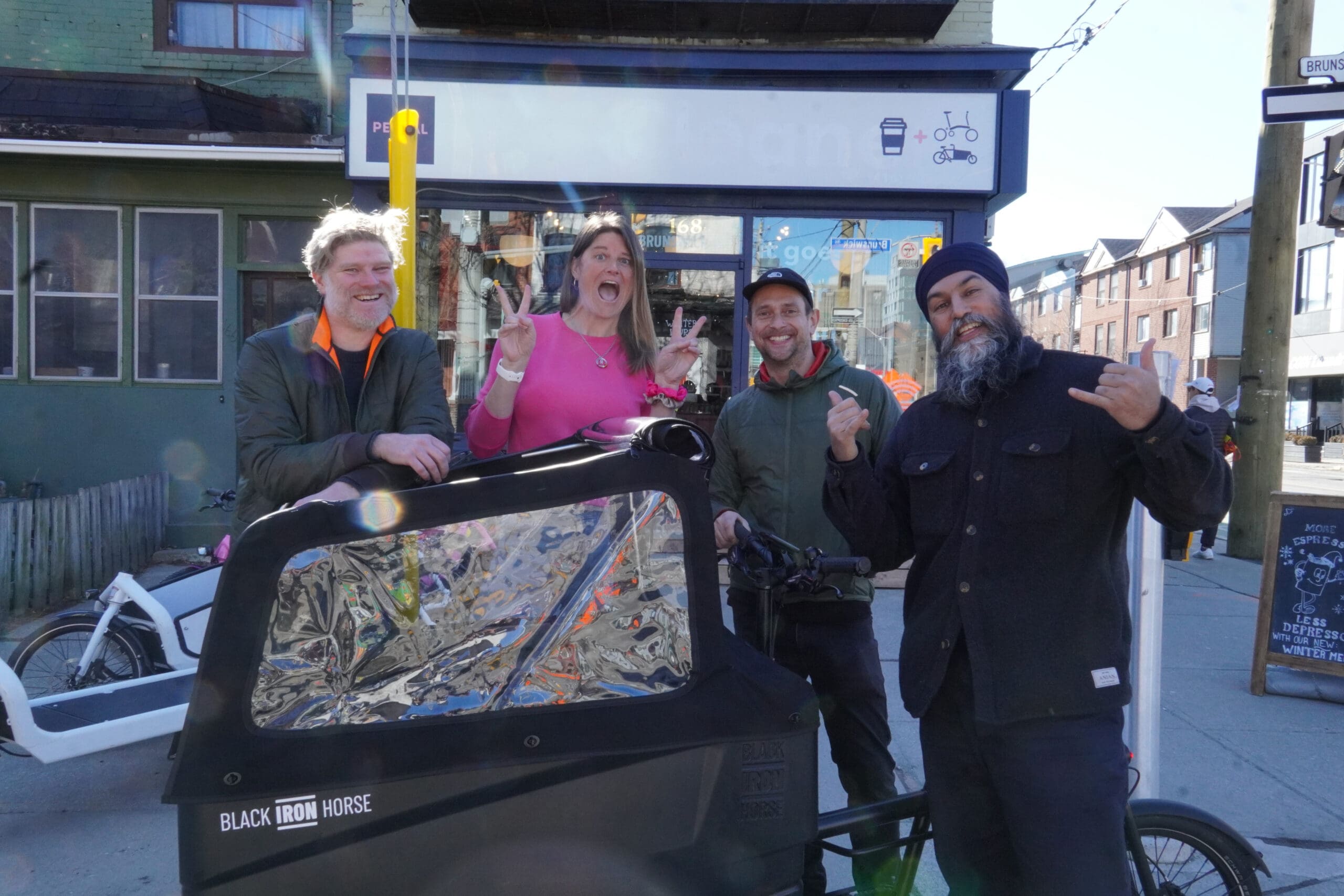
That’s the real lesson here. A bike or a trike isn’t just a product – it’s a tool shaped by infrastructure, distance, rider comfort, and family needs. And in that space where cycling is growing but safety is non-negotiable, the trike proves itself not as a compromise but as a confident, modern alternative to the car.
Two Wheels or Three Wheels, One Purpose
Again, it’s worth remembering that Denmark’s love affair with cargo trikes didn’t happen overnight. In the 1980s, as car ownership spread, many families realized they still needed a way to navigate dense cities without relying on the car for every short trip. The cargo trike became a symbol of that shift – a practical, safe, family-friendly alternative. North America is at a similar turning point now. As more people question whether every trip needs a car, and as cycling infrastructure slowly improves, the cargo trike is stepping into that same role.

The choice between a cargo trike and a cargo bike is about matching the right tool to the city around you, and to the daily lives of the families riding them. In Copenhagen, that might still be a sleek two-wheeler cutting through a cycle track. In Toronto or Chicago, it’s just as likely to be a sturdy trike carrying kids to school. And in both cases, what matters most isn’t the number of wheels, but the freedom these bikes give families to live more connected, sustainable, and joyful urban lives.
Next Steps
